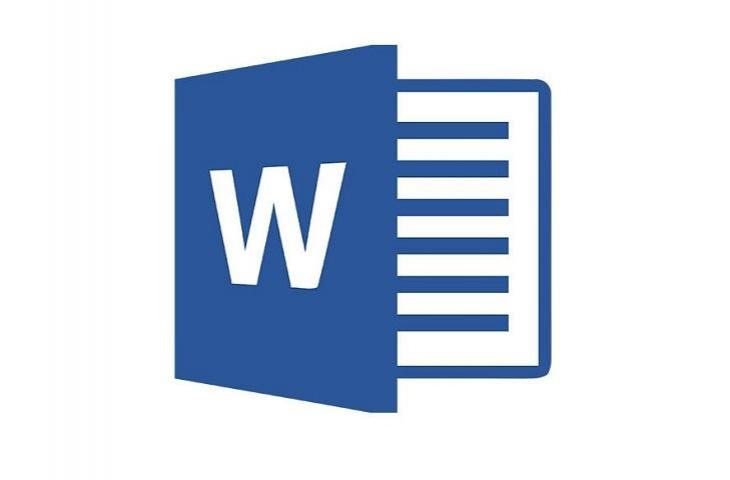Retraction & Withdrawal
Diniyyah International Conference (DIC)
It is a general principle of scholarly communication that conference editors are fully and independently responsible for deciding which articles submitted to a conference will be published. In making this decision the editor is guided by the policy of the conference's editorial board and is limited by applicable legal requirements regarding defamation, copyright infringement, and plagiarism. The result of this principle is the importance of scientific archives as permanent historical records of scientific transactions. Published articles must remain current, correct and unaltered as far as possible. However, very rarely circumstances may arise where an article is published which then has to be retracted or even deleted. Such actions should not be taken lightly and can only occur in exceptional circumstances. In all cases, Throughout the case, our archives at the Diniyyah International Conference (DIC) will retain all versions of the article, including those retracted or deleted.
Article Withdrawal
Used only for Articles in Press which represent an early version of the article and may occasionally contain errors, or may have been submitted twice by mistake. Occasionally, but less frequently, an article may constitute a violation of a professional code of ethics, such as multiple submissions, false claims of authorship, plagiarism, fraudulent use of data, or the like. Articles in Press (articles that have been accepted for publication but have not been officially published and do not yet have complete volume/circulation/page information) contain errors, or are found to be unintentional duplicates of other published articles, or are confirmed to violate our conference's publishing ethics guidelines in the opinion of the editor (such as multiple submissions, false claims of authorship, plagiarism, fraudulent use of data or the like), it may be "Withdrawn" from the Diniyyah International Conference (DIC). Retracted means the content of the article (HTML and PDF) is removed and replaced with an HTML and PDF page that simply states that the article has been retracted in accordance with the Diniyyah International Conference (DIC) Policy on Withdrawing Articles in Press with a link to the current policy document.
Article Retraction
Violations of the professional code of ethics, such as multiple submissions, false claims of authorship, plagiarism, fraudulent use of data or the like. Sometimes a retraction will be used to correct an error in submission or publication. Retraction of articles by their authors or editors under the advice of members of the scientific community has long been a feature of the world of education. Standards for handling retractions have been developed by a number of libraries and scientific bodies, and these best practices were adopted for article retractions by Elsevier:
-
A retraction note entitled "Retraction: [title of article]" signed by the author and/or editor is published on the page of the next issue of the conference and is included in the table of contents.
- In the electronic version, a link is made to the original article.
- Online articles are preceded by a screen display containing a retraction note. It is to this screen that the link is completed; readers can then move on to the article itself.
- The original article is retained unchanged except for a watermark on the .pdf indicating on each page that the article is "retracted."
- The HTML version of the document is removed.
Deletion of articles: legal limitations
In very limited cases, articles may need to be removed from online databases. This will only happen if the article is clearly defamatory, or infringes the legal rights of another person, or if the article is, or we have reasonable grounds to expect it to be, the subject of a court order, or if the article, if acted upon, could pose a risk serious health. In this situation, although the metadata (Title and Author) will be retained, the text will be replaced with a screen indicating the article has been removed for legal reasons.
Article replacement
In cases where the article, if acted upon, could pose a serious health risk, the author of the original article may wish to retract the flawed original document and replace it with a corrected version. In these circumstances a retraction procedure will be followed with the difference that the database retraction notice will publish a link to the corrected republished article and the document history.



